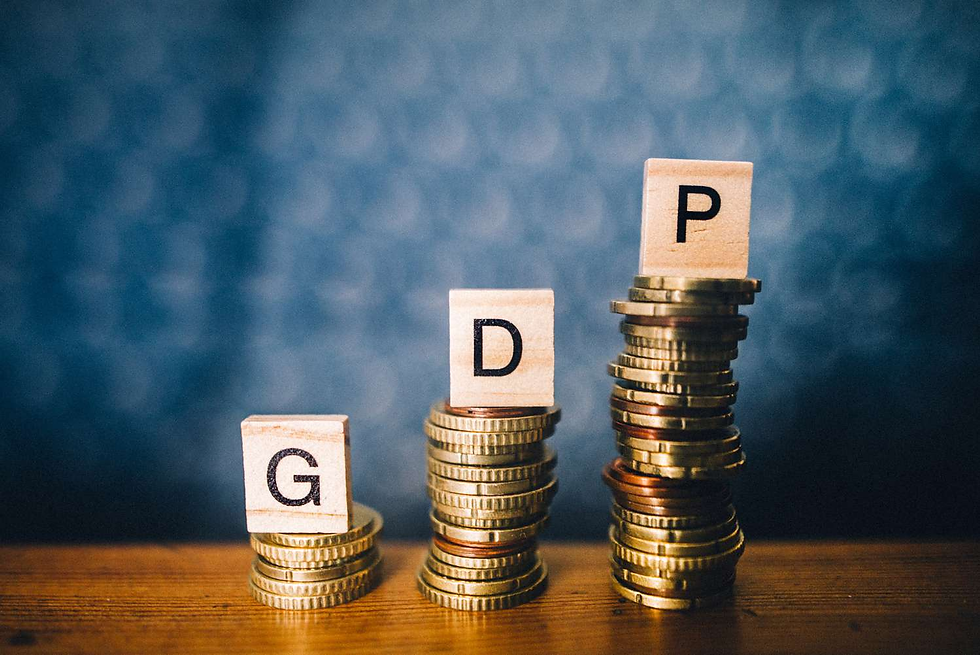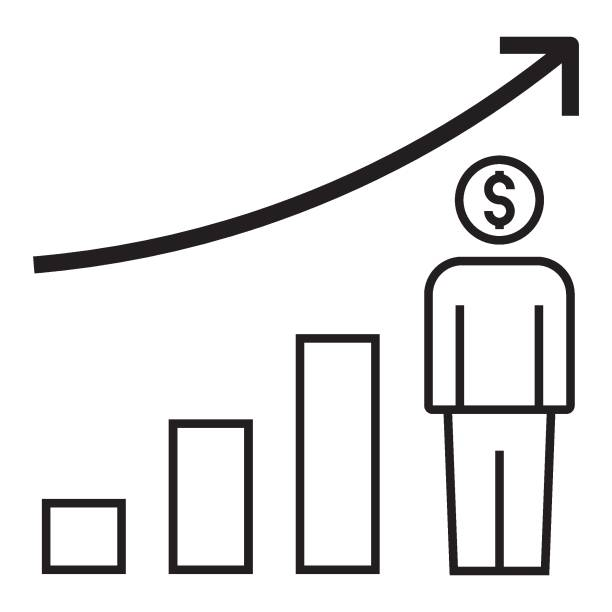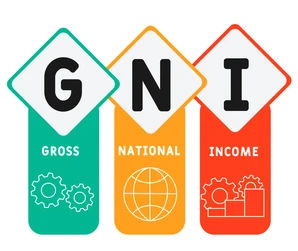How Do We Measure a Country’s Wealth?
- Nathan Brawner

- Jun 17
- 3 min read
Updated: Jul 18

What Does It Mean to Measure a Country’s Wealth?
Think of a country is like a store. Some stores sell toys, others sell technology, others sell groceries. That's how countries are too! In order to know how successful a store is, you can look at lots of things:
How many items it sells
How much money it makes
How happy the customers are
How many workers it has
And how prices change in the store
Because of this, when measuring the wealth of countries, economists use many tools to measure different things and understand the full picture of how rich or poor a country really is.
Let’s open up this toolbox and explore the most important tools inside!

Tool 1: GDP (Gross Domestic Product)
If we keep the toolbox comparison going, GDP is pretty much the hammer of these terms. GDP is like counting all the toys, technology, or groceries sold in the store in one year. It’s the total value of everything a country makes: goods (like Legos or IPads) and services (like haircuts or school lessons).
The bigger the GDP, the more stuff the country produced and sold.

Tool 2: GDP per Capita
GDP per capita is like if you have a big store and want to see how much the store earned but relative to how many employees you have. You take all the money the store made in a year and divide it by the number of workers. This tells you, on average, how much money each worker helped create. Similarly, GDP per capita is calculated by taking a country’s total GDP (the value of all the goods and services it produces) and dividing it by the number of people who live there. This shows, on average, how much money each person would make if the total production was shared equally.
Here's a scenario in which GDP per capita may be helpful: Two different stores may both make $1 million, but one that does it with 10 employees is probably better off than one that does it with 10,000. It's the same with countries! A smaller population with the same total GDP usually means people have a higher average income and potentially a better standard of living.

Tool 3: GNI (Gross National Income)
GNI is like counting not only the money the store makes at its main location but also the money earned from its branches in other towns and online sales to customers far away. It adds up all the income made by the store’s owners and workers, no matter where they are in the world.

Tool 4: HDI (Human Development Index)
GDP and GNI tell us about money, but what about life itself? The Human Development Index measures health (how long people live), education (how many go to school), and income.
It’s like checking if a store has happy customers, good staff, and a clean, fun place to shop (not just counting sales).

Tool 5: Balance of Trade
Balance of Trade is about how much a country sells to other countries (exports) versus how much it buys from them (imports). It’s like a grocery store trading items with a tech store. If the total price of the apples they sent out is greater than the total price of the IPads they bought, they'd have a positive balance!
Why So Many Tools?
One number can’t tell the whole story. A country might have a high GDP but still have many poor people. Another might have lower GDP but excellent education and health. That’s why economists use all these tools together. It gives them the full picture of a country’s wealth and how people live. All of this is evaluated together when making investment decisions related to a certain country.
Quick Quiz! Which tool would you use to analyze...
How the value of items a country makes?
How well off the average person is?
How happy and healthy people are?
If a country is importing or exporting more goods?
.png)



Comments